Bacillus licheniformis
Main Components
Bacillus licheniformis and its metabolic products, suitable carriers.
Product Types
Water-soluble (with carrier of JiaYi powder): 10 billion cfu/g, 20 billion cfu/g, 50 billion cfu/g, 100 billion cfu/g, 200 billion cfu/g;
Non-water-soluble (with carrier of talcum powder): 10 billion cfu/g, 20 billion cfu/g, 50 billion cfu/g, 100 billion cfu/g, 200 billion cfu/g;
Product Features
Mechanism of Action
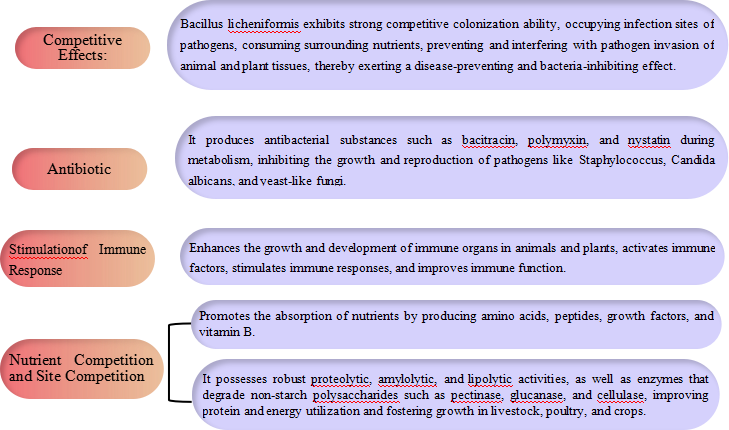
Application Tests
Experiment 1: Adding Bacillus licheniformis to feed can effectively enhance the immune function of crucian carp, increase the height of intestinal villi and the thickness of muscle layers in crucian carp, alleviate damage to liver tissue structure, and improve the resistance of aquatic animals to Aeromonas hydrophila – Mo Baolan, 2023.
Table 1: Effect of Bacillus licheniformis on Growth Performance of Crucian Carp
|
Group |
Initial Weight (g/tail) |
Final Weight (g/tail) |
Relative Weight Gain (%) |
Specific Growth Rate (%/d) |
|
Control |
53.50±0.70 |
105.43±1.25b |
99.56±1.24b |
1.07±0.14b |
|
Experimental |
52.40±1.10 |
132.47±1.36a |
147.97±1.24a |
1.79±0.09a |
Note: Different lowercase letters in the same column indicate significant differences (P<0.05), while the same letter or no letter indicates no significant difference (P>0.05). The same applies to subsequent tables. Test animals: 360 crucian carp, with 108 CFU/g Bacillus licheniformis in feed. The experiment was divided into a blank control group (CK), Bacillus licheniformis experimental group (DY), Aeromonas hydrophila challenge group (CKG), and Bacillus licheniformis treatment group (DYG). The test period was 6 weeks. The same applies below.
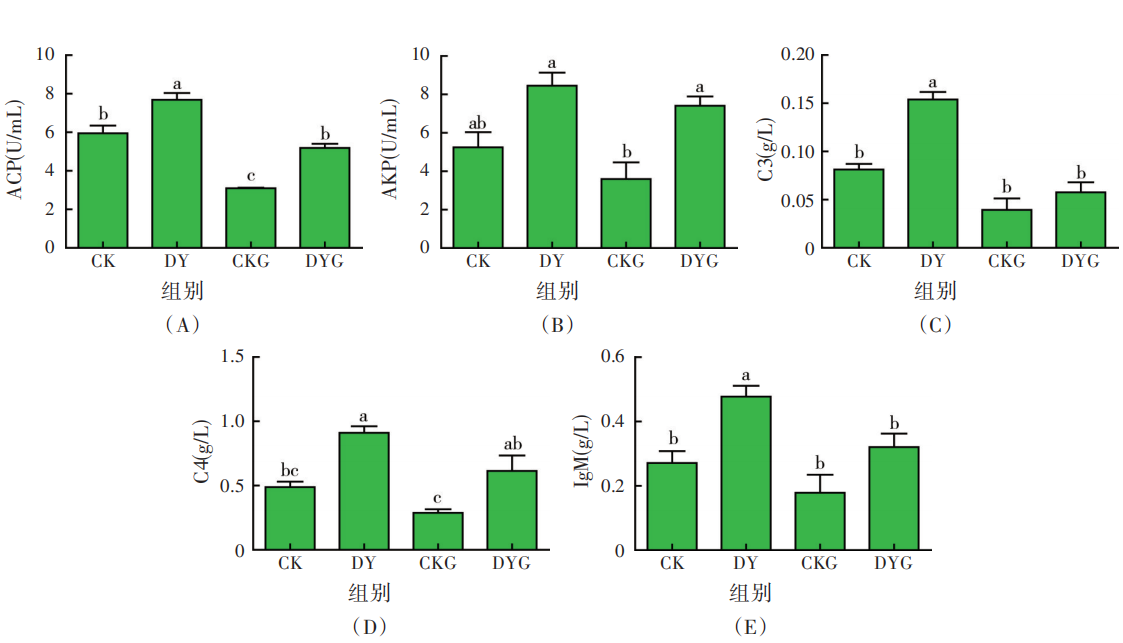
Figure 1: Effect of Bacillus licheniformis on Non-specific Immune Indices in Crucian Carp Serum
As a crucial metabolic regulatory enzyme in organisms, AKP (alkaline phosphatase) participates in animal immune responses, resists pathogenic bacteria, kills microorganisms and foreign substances, and accelerates the absorption and transport of substances. AKP and ACP (acid phosphatase) are interrelated, with ACP being an essential enzyme in regulating phosphorus metabolism. Complement (C3, C4) is a multi-protein component system present in the serum and tissue fluids of vertebrates. Upon activation, it can mediate immune and inflammatory responses, leading to the dissolution or phagocytosis of pathogenic microorganisms. IgM possesses bactericidal, complement-activating, immunoregulatory, and agglutinating functions. It also participates in the pathological processes of certain autoimmune diseases and hypersensitivity reactions, playing a pivotal role in innate immune responses.
As shown in Figure 1, compared to the CK group, the experimental groups significantly increased ACP activity and C3, C4, and IgM levels in crucian carp serum (P<0.05). The AKP activity in the DY group showed an increasing trend, but the difference was not significant (P>0.05). However, post-challenge, protected by Bacillus licheniformis, the DYG group exhibited significantly higher AKP and ACP activities, as well as C4 levels in crucian carp serum compared to the CKG group(P<0.05).
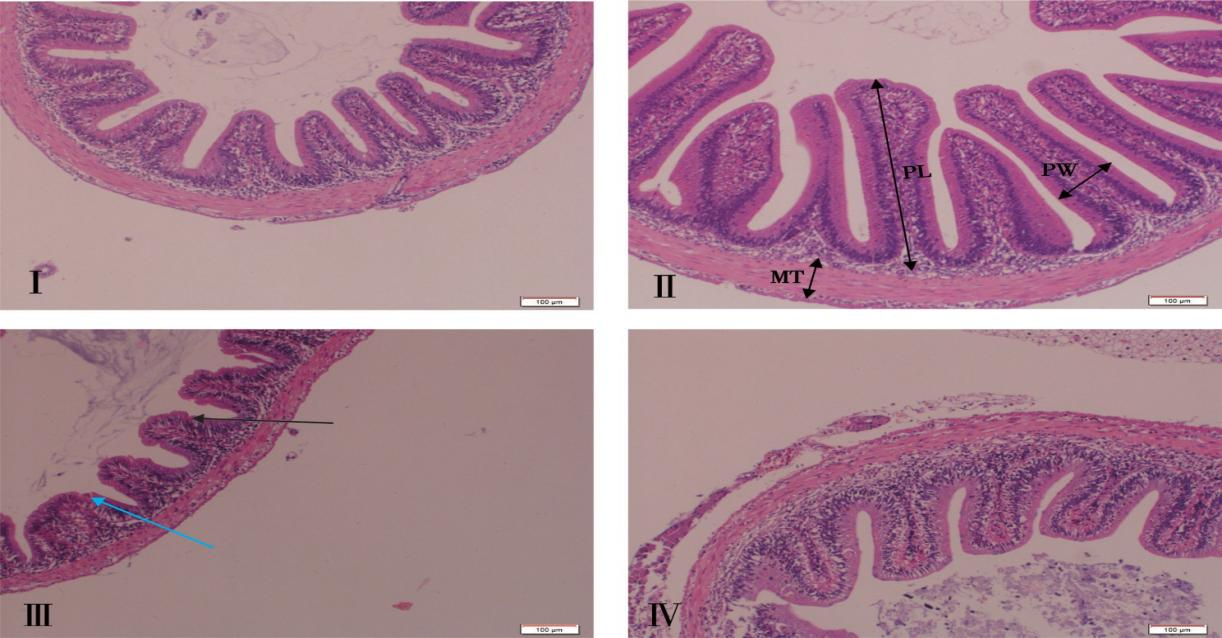
Figure 2: Effect of Bacillus licheniformis on the Intestinal Tissue Structure of Crucian Carp.
Note:Ⅰ: Foregut tissue of the CK group;Ⅱ: Foregut tissue of the DY group;Ⅲ: Foregut tissue of the CKG group;Ⅳ: Foregut tissue of the DYG group;MT: Muscularis thickness;PL: Villus height;PW: Villus width;Blue arrow: Intestinal villus fracture;Black arrow: Irregular arrangement of striated border.
Table 2 Effects of Bacillus licheniformis on the intestinal tissue structure of crucian carp (μm)
|
Group |
The villus height |
Velvet width |
Muscle layer thickness |
|
CK |
282.71±30.19b |
83.14±2.19b |
71.31±4.49b |
|
DY |
505.58±31.75a |
141.72±9.35a |
75.76±2.61a |
As can be seen from Figure 2 and Table 2, the height, width and muscle thickness of the intestinal villus in the DY group were higher than those of the control group, while the intestinal villus cells in the CK group and DY group were complete in structure, elongated in fingers and good in morphology. After challenge, the CKG group showed intestinal damage, broken intestinal villi, disordered arrangement of intestinal epithelial cells, irregular striate margin arrangement, and vacuolization of intestinal epithelial cells. The DYG group had less damage than the CKG group, with the striate border and epithelial cells arranged neatly, with distinct cell borders.
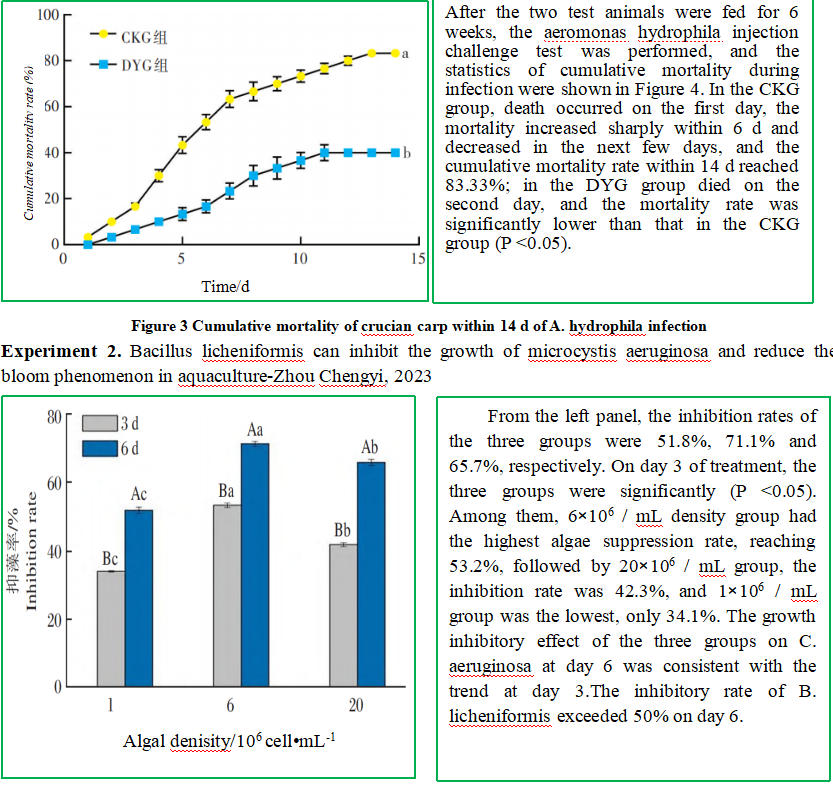
Note:Different lowercase letters indicate significant differences between different treatment groups at the same treatment time (P<0.05), and different capital letters indicate significant differences between different treatment times for the same treatment group (P<0.05). The initial algal densities of 1×106, 6×106, and 20×106 algae/mL were added to the Bacillus licheniformis solution with a concentration of 7.1×106CFU/mL, the same as below.
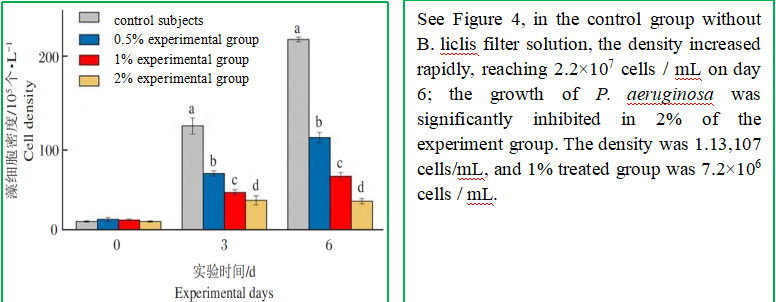
Figure 4 Inhibition effect of B. licheniformis on growth in Microcystis aeruginosa
Test 3. Fermentation of Bacillus licheniformis can improve the aroma composition content of cigar leaves-Hulu Road, 2023
Table 3 Aroma substance content in each treatment group under the optimal fermentation period (7d)
|
Deal with the situation |
Basic group |
Optimize the group |
|
Brown of the reaction products |
11.2 |
14.2 |
|
The phenylalanine conversion products |
5.2 |
15.6 |
|
Carotenoid transformation products |
31.4 |
57.6 |
|
Sealanoid degradation products |
20.3 |
37.9 |
|
Neophytadiene |
281.7 |
340.7 |
|
Phytol |
170.2 |
144.7 |
|
Total aroma content |
545.9 |
628.8 |
Note: Basic group (fermentation without nutrients and microorganisms) and optimization group (supplemented with nutrients and Bacillus licheniformis for fermentation); Bacillus licheniformis (Bacillus licheniformis) was kept by the laboratory (screened from the surface of Enshi tobacco leaves) with an inoculation ulum of 2×108 CFU / g; CX-014 cigar leaf provided by Hubei Tobacco Research Institute.
Brown reaction is an important reaction of aroma substances in tobacco, mainly by the non-enzymatic brown reaction between amino compounds and water-soluble sugars, which can give tobacco nuts, caramel and other aroma; phenylalanine conversion products (such as benzene ethanol and benzyl alcohol) have floral and sweet aroma, has an important influence on the aroma of tobacco leaves; carotenoid degradation products can increase the content of neutral aroma substances and woody characteristics in tobacco leaves; west ane degradation product solanone itself has sweet aroma, which can make the smoke more gentle and enhance the sweet sense; new plant adiene, plant alcohol and aroma components.
The total aroma content of B. licheniformis in the basic group was 628.8 μg/g, which was 15.2% higher than that in the basic group. New plant diene, 340.7 μg/g, 20.9% higher than the basic group. At the same time, the content of the brown reaction product and phenylalanine transformation product in the fermentation of B. licheniformis was 14.2 μg/g and 15.6 μ g/g, which was 1.3 and 3.0 times that of the basal group. The content of carotenoid conversion products and cidane degradation products were 57.6 μg/g and 37.9 μ g / g respectively, which increased by 83.4% and 86.7% compared with the basic group.
Test 4. Improve the performance of Holstein calves —— Fu Yunqin, 2012
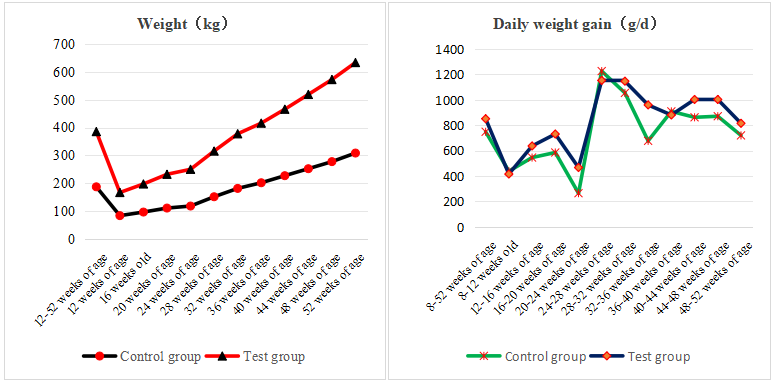
Package
25kg / bag
Loading capacity
Without pallet: 20T/20FCL; with pallet: 16T/20FCL
Shelfing time
Keep in a cool and dry condition for 24 months.
The scope of application
1). Full price additive, feed additive addition, premix addition.
2). The production of biological organic fertilizer added, fermentation organic fertilizer added.
3). All kinds of sea, freshwater seedling pool and cultivation pool.
4). Urban sewage and landscape water treatment, kitchen waste and livestock from the manure treatment.
Usage and dosage
With the content of 20 billion CFU / g, the amount of other products can be converted according to the actual content.
1. Amount used in the feed addition
At 200-300g / ton feed, it can also be evenly added to the basic diet or mixed water directly for drinking (soluble carrier)
Pour the water evenly at 150-300g / m 2 and use it once every 10-15 days. In the case of serious water quality deterioration, it can be doubled and used again every 5-7 days.
Note: do not use it with disinfection or antibacterial drugs, and pay attention to oxygen when treating aquaculture water.

Phone: +86-317-2135910
E-mail: Erica@stbiol.com
Address: Machang Town,Qing County ,Cangzhou City ,Hebei,China
Hebei Shuntian biotechnology Co.,Ltd.
Add:Machang Town,Qing County ,Cangzhou City ,Hebei,China
Tel: +86-317-2135910
E-mail:Erica@stbiol.com
© Copyright - 2018-2020 : All Rights Reserved.